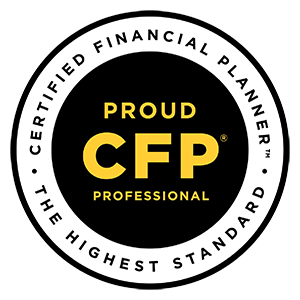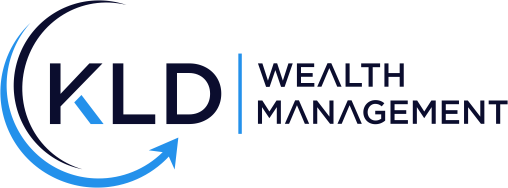Get in touch
Call or Text:
937-404-5180
Email:
dwiedmeyer@kldwealth.com
Anchoring Bias: The Hidden Trap in Personal Finance
In the complex world of personal finance, making informed decisions is crucial. However, cognitive biases can often cloud our judgment, leading us astray. One of the most common and insidious biases is anchoring bias. Understanding and mitigating the effects of this bias can significantly improve your financial decision-making and overall financial health.
What is Anchoring Bias?
Anchoring bias occurs when individuals rely too heavily on the first piece of information they receive—the "anchor"—when making decisions. This initial reference point can heavily influence subsequent judgments and choices, even if it is irrelevant or misleading.
How Does Anchoring Bias Affect Personal Finance?
Anchoring bias can manifest in various ways in personal finance:
1. Investment Decisions: Imagine you come across a stock that has plummeted from $100 to $50. Anchored to the original price, you might perceive it as a bargain, disregarding critical factors such as market conditions or the company's fundamentals.
2. Purchasing Behavior: Retailers often use anchoring to their advantage. Seeing a "was $500, now $300" tag might make you more inclined to buy, thinking you’re getting a great deal, even if $300 is beyond your budget.
3. Salary Negotiations: When negotiating a salary, the first number discussed often sets the tone. If an employer offers a low starting salary, it can anchor your expectations, potentially leading to a less favorable outcome.
Avoiding Anchoring Bias Through Personal Financial Planning
A well-structured personal financial plan is your best defense against anchoring bias. Here’s how:
1. Set Clear Financial Goals: Having specific, measurable financial goals can keep you focused and less susceptible to irrelevant anchors. Whether it’s saving for retirement, buying a home, or funding education, clear objectives provide a solid framework for your financial decisions.
2. Conduct Thorough Research: Always seek comprehensive information before making financial decisions. This includes comparing investment options, researching market trends, and consulting multiple sources. By broadening your information base, you reduce the likelihood of being unduly influenced by an initial anchor.
3. Regularly Review and Adjust Your Plan: The financial landscape is dynamic, and your plan should reflect that. Regular reviews and adjustments help ensure that your decisions are based on current, relevant information rather than outdated anchors.
Mitigating the Impact of Cognitive Biases
In addition to anchoring, there are numerous other cognitive biases that can impact your financial decisions. Here are some strategies to mitigate their effects:
1. Diversify Your Perspectives: Engage with a range of viewpoints and sources of information. This helps to balance out any single bias and provides a more rounded understanding of the situation.
2. Seek Professional Guidance: A fee-only financial planner can offer unbiased advice and help you navigate the complexities of personal finance. Their objective perspective can be invaluable in avoiding the pitfalls of cognitive biases.
3. Implement Decision-Making Frameworks: Use structured approaches to decision-making, such as checklists or decision trees. These tools can help ensure that your choices are based on thorough analysis rather than snap judgments influenced by biases.
Anchoring bias is just one of many cognitive biases that can subtly but significantly impact your financial well-being. By understanding and addressing these biases, you can make more informed, rational decisions. At KLD Wealth, we specialize in helping clients navigate these challenges and achieve their financial goals with confidence.
Ready to take control of your financial future? Schedule a consultation today, and let’s create a comprehensive plan tailored to your needs. Together, we can build a secure and prosperous financial future.





Phone
937-404-5180
706 Deerfield Rd.
Lebanon, OH 45036
Get financial wellness tips, directly to your inbox.
Contact Us
We will get back to you as soon as possible.
Please try again later.
All Rights Reserved | KLD Wealth | Privacy Policy | Form ADV
Advisory services offered through KLD Wealth Management, LLC, an investment adviser registered with the state(s) of Ohio. Advisory services are only offered to clients or prospective clients where KLD Wealth Management, LLC and its representatives are properly registered or exempt from registration.
The information on this site is not intended as tax, accounting or legal advice, nor is it an offer or solicitation to buy or sell, or as an endorsement of any company, security, fund, or other offering. Information provided should not be solely relied upon for decision making. Please consult your legal, tax, or accounting professional regarding your specific situation. Investments involve risk and have the potential for complete loss. It should not be assumed that any recommendations made will necessarily be profitable.
The information on this site is provided “AS IS” and without warranties either express or implied and the information may not be free from error. Your use of the information provided is at your sole risk.
